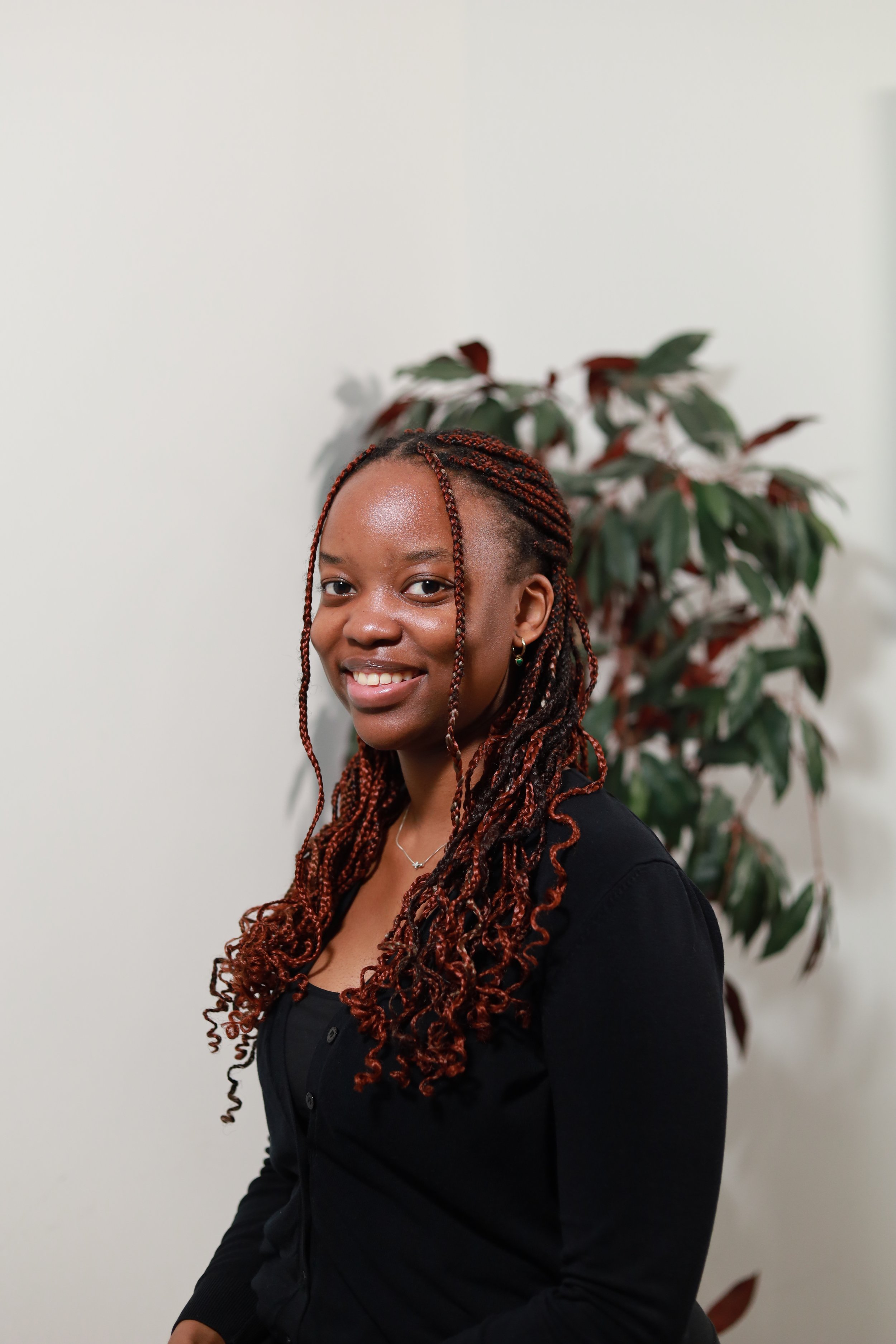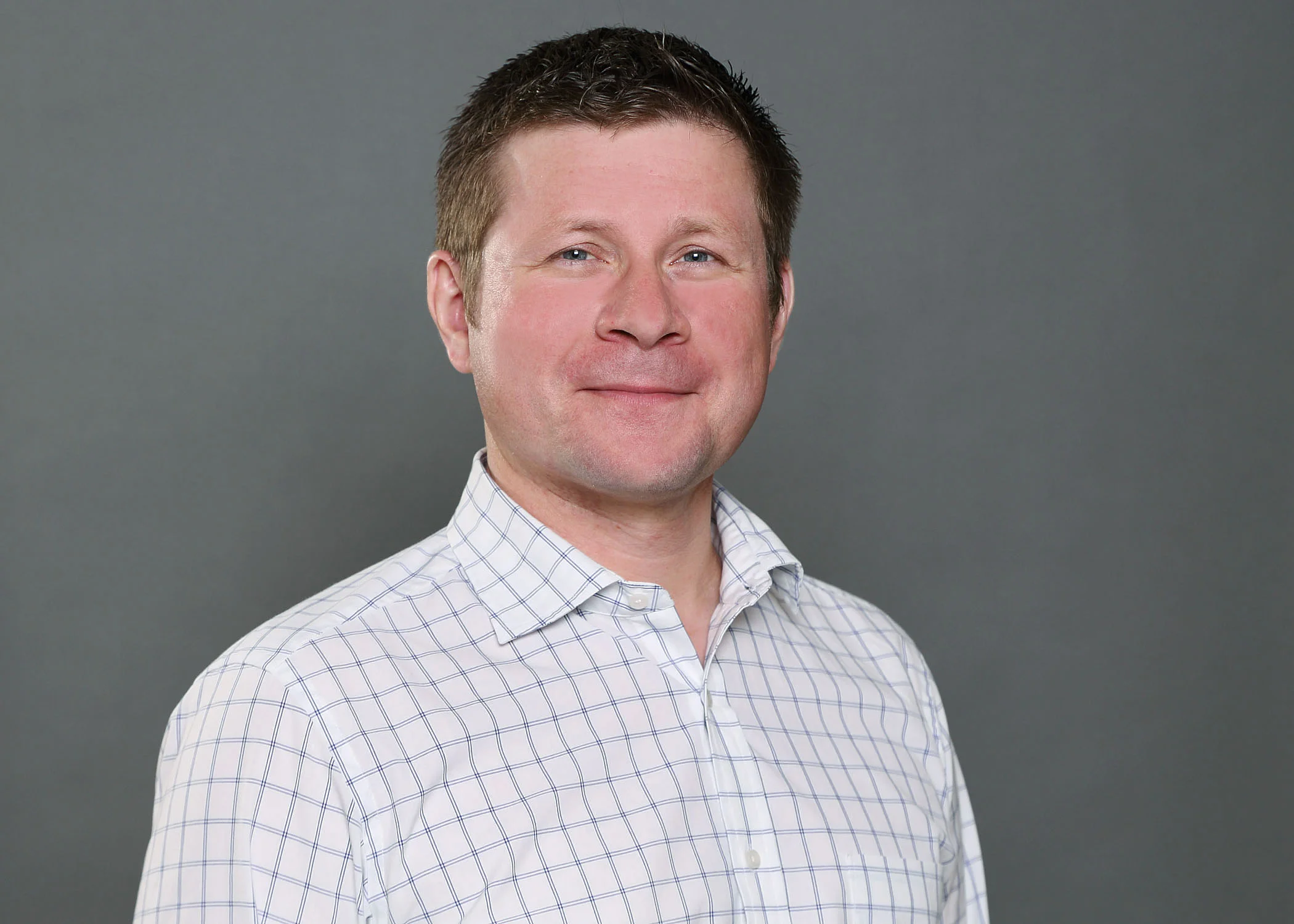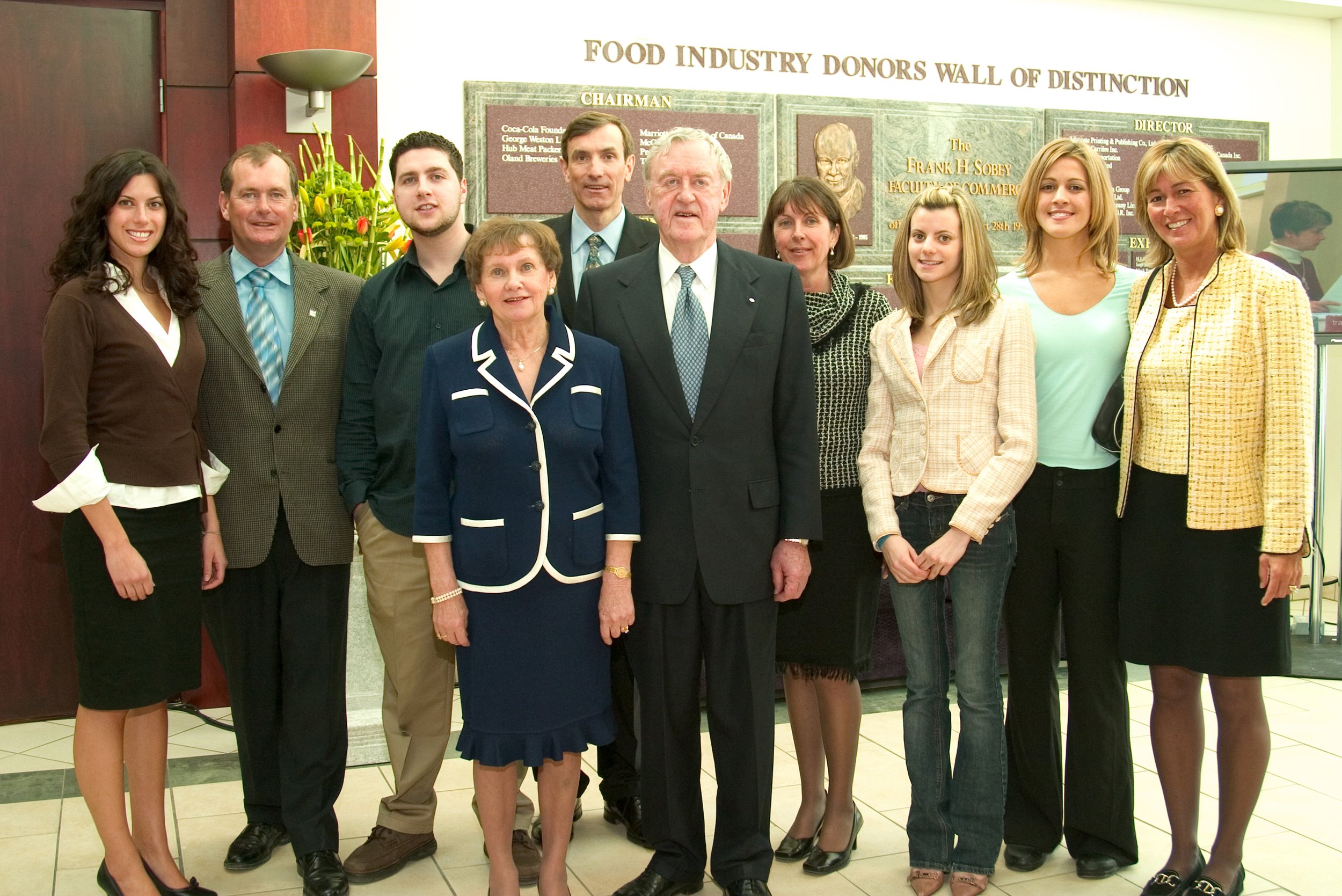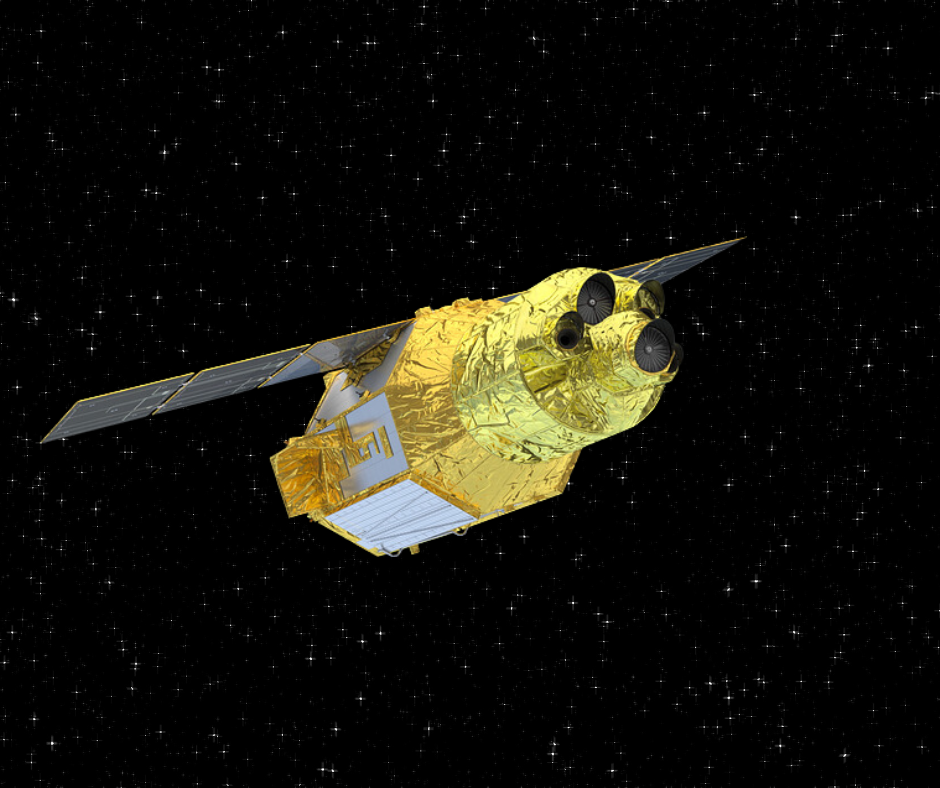



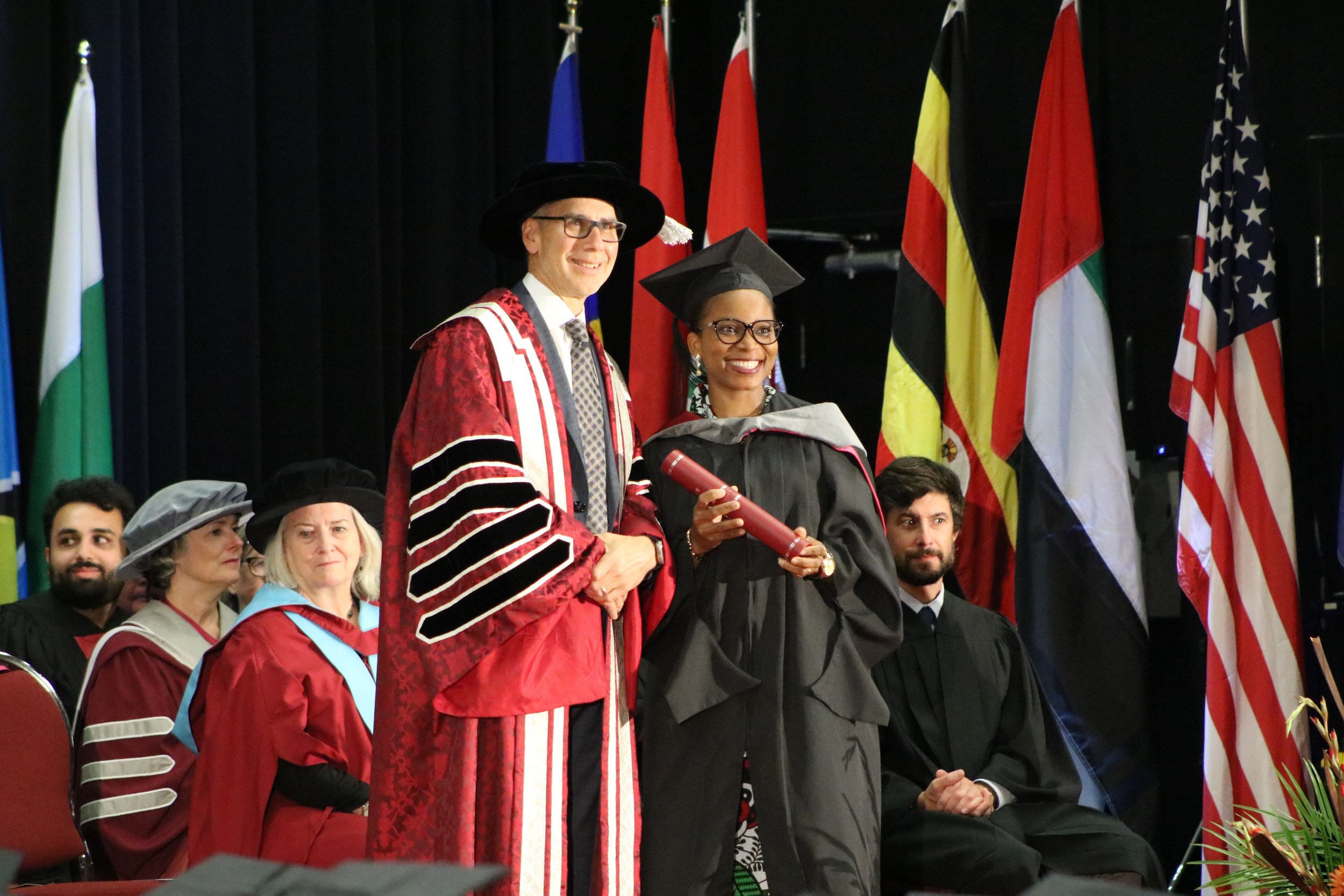















The university community celebrated more than 300 graduates at Fall Convocation on September 22 and 23. Among the graduates were several award winners and an inspiring speech by the honorary degree recipient, Dr. Kim Thúy.
Thúy shared stories of her family’s arrival to Canada, and the kindness that has helped shape her success, to an auditorium of Arts and Science graduates on Saturday afternoon where she was awarded a Doctor of Letters, honoris causa. The Vietnamese author has made a significant impact on Canadian literature, earning the Governor General’s Literary Award in 2010 for her novel about her experience as a refugee.
Representing fall graduates were Valedictorians Myles Davidson, Ammar Shakoor and Stephanie Kansiime.
“Let us always continue to do the things we love, and fight for the things we believe in. Let us give back to our community by sowing seeds of kindess and compassion,” said Shakoor as he addressed an eager group of Bachelor of Commerce graduates. Each valedictorian received the John BA’81 DCL’17 and Heather Fitzpatrick Valedictorian Award.
Other award winners included Richard Abbass and Christopher Fanning, who received Master of Finance Gold Medals, and Stephen Gill, who received the Pobihuschy Medal for the Master of Management - Co-operatives and Credit Unions, a program which celebrated its’ 20th anniversary over the weekend. PhD graduates Abdlmutaleb Boshanna and Kerry Ann Watson were recognized with the Durland Family Doctoral Convocation Award.
Two faculty members, Dr. Bruce Anderson and Dr. Cathy Driscoll, were granted the status of Professor Emeritus at convocation.
Dr. Bruce Anderson began teaching at Saint Mary’s in 2001, during which time he taught political science courses and then business law to over 5,000 undergraduate and graduate students in the Sobey School of Business. He served as Chair of the Department of Accounting, the Bachelor of Commerce Program Coordinator and a member of Saint Mary’s Faculty Union’s Grievance Committee. He received the SMUSA Teaching Excellence Award in 2007. Bruce’s research is interdisciplinary and includes work in legal theory/legal philosophy, economics, ethics and visual art. He is one of the leaders in investigating legal reasoning. His scholarship includes three books, forty book chapters and scholarly articles, review articles, magazine articles, book reviews for publishers, conference and seminar presentations and sculpture installations.
Dr. Cathy Driscoll developed and taught the first business ethics courses in the BComm and MBA programs and has integrated community-based service learning into her MBA courses since 1994. Beginning in 1996, she initiated, developed, and managed the MBA Internal Case Competition, which later became the annual Bob Shaw Case Competition. In 2017, she received the Atlantic Schools of Business Award of Excellence for Outstanding Service to Business Scholarship. Cathy has an international reputation as a scholar who has bridged business studies with religion and spirituality. Her recent work has focused on institutional moral disengagement in the context of clergy sex abuse. Cathy has also been an active contributor to many university, school, and departmental committees over the past 30 years and has been committed to outreach in the business community through board memberships, speaking engagements, and training seminars.
Recordings of the convocation ceremonies are available to watch at smu.ca/graduation. See the full photo album on the SMU Halifax Facebook page.




